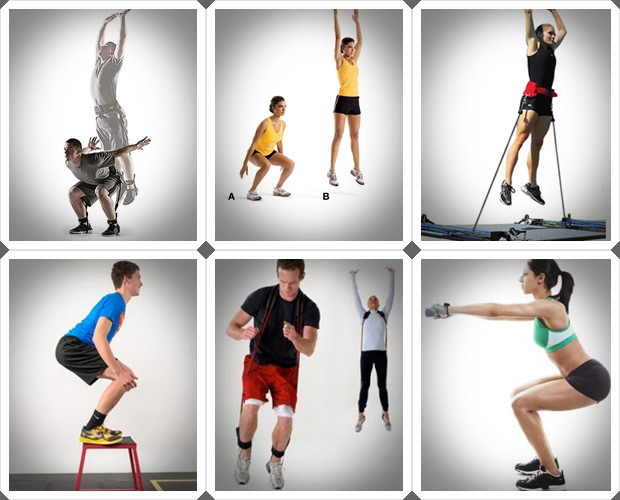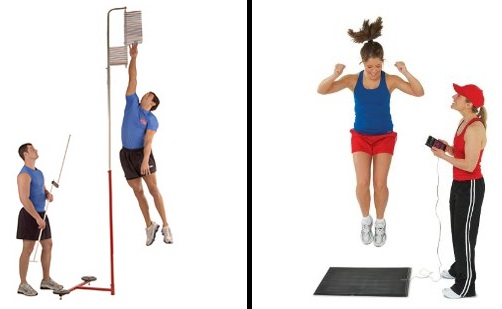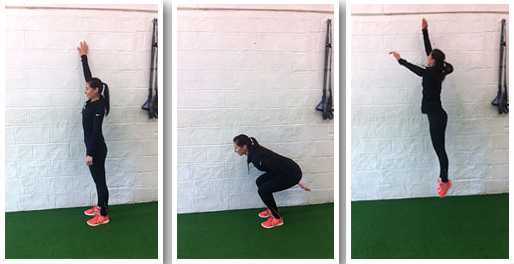 |
| Photo Credit From: baltimoresun.com/: Maryland basketball still in running for top recruit Josh Jackson |
KU men's basketball coach Bill Self announced Tuesday that the top-ranked recruit Josh Jackson has signed and will be a freshman at the University of Kansas in 2016-17, Jackson verbally committed to KU in early April.
"Josh has been a guy that is so respected in all high school circles the last four years," Self said. "He is probably as highly thought of as any recent player to come out of high school because of his competitive nature."
"He left Detroit to finish his high school career at Prolific Prep in the Napa (California) area. He is very similar to Andrew Wiggins. He's a tall guard that can do a lot of everything. We feel his impact on our program next year will be as much as any freshman will have on any college program. He's extremely athletic but more importantly extremely competitive. We have a very competitive culture at Kansas but I think it just got improved with the signing of Josh. He's a guy that everybody enjoys playing with because he is so unselfish but also a guy that can take a game over." Bill Self added.
 |
| Photo Credit From: cbssports.com/: Josh Jackson, the No. 1 player in the class of 2016, commits to Kansas |
The list of accolades is a plenty when talking about Jackson. He was named McDonald's All-America in 2016 where he earned co-Most Valuable Player honors of the McDonald's game after scoring 19 points on 9-of-11 shooting in leading the West team to a 114-107 victory. He also competed in the 2016 Nike Hoops Summit where the USA team defeated the World Team 101-67 on April 9 in Portland, Oregon.
Jackson has quite the resume when competing for USA Basketball. He has won three gold medals for USA at the 2013 FIBA Americas U16 Championship in Maldonado, Uruguay, the 2014 FIBA U17 World Championship in Dubai, United Arab Emirates and the 2015 FIBA U19 World Championship in Heraklion, Greece.
"Josh has a great feel for basketball, in large part, because his mother, Apples Jones, who played college basketball at Allen County Community College in Kansas and UTEP," Self said. "His recruitment was fierce, and deservedly so. Coach (Kurtis) Townsend has done such a good job for a long period of time making sure Josh and Apples were both comfortable and educated on our situation and how Kansas could be a good fit for them."
Who Is Josh Jackson?
 |
| Photo Credit From: rockchalktalk.com/: Josh Jackson commits to Kansas over Michigan State and Arizona |
Jackson grew up in Detroit and has played the past two seasons at Prolific Prep in Napa, California. He averaged 26.9 points, 13.1 rebounds and 6.3 assists per game at Prolific Prep in 2015-16 for head coach Billy McKnight. In his first season at Prolific Prep, Jackson averaged 31.2 points, 17.6 rebounds, 5.4 assists and 2.3 steals in 2014-15. Prior to going to Prolific Prep, Jackson led Detroit Consortium to the Class C state title his sophomore year in 2013-14. Jackson is described as an athletic wing who plays above the rim and is an ultimate competitor.
Jackson a 6-foot-8, 205 pounds is the second No. 1 rated player to sign with Kansas in the past three seasons. Jackson, No. 1 by Rivals.com and 247Sports, joins current Minnesota Timberwolves standout Andrew Wiggins who played at KU in 2013-14.
SOURCE:










